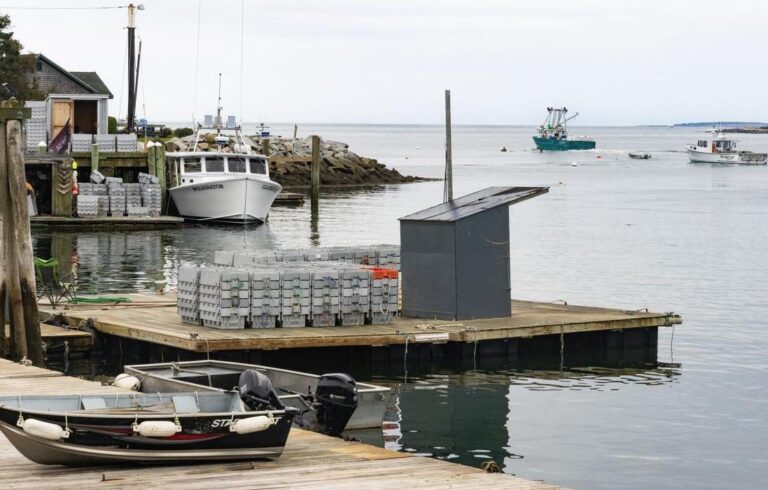By Courtney Naliboff
More than a decade ago, my husband Bill and I were at a crossroads.
We were renting a gorgeous home on North Haven, but there was a catch—it was a ten-month rental only. Summer residents kindly allowed us to live in it from September to June, but for July and August, we were adrift. After a summer with most of our belongings in storage, we realized we needed to find a year-round option or leave the island.
Fortunately, North Haven Sustainable Housing was newly established and was in the middle of building its first property. Bill, who was a plumber at the time, came home from work one day and suggested we visit the house and consider applying to become its owners.
You know the rest of the story—we applied, were selected as the lucky homeowners, moved four times that summer while the house was being finished, and moved in that September. Our house has allowed us to stay on North Haven 13 years, and into the 14th. We hope to spend the rest of our lives here.
While we’re now permanent residents, there are many others in the same situation we were once in—hoping to make North Haven a long-term home, but finding access to year-round housing impossible. I was heartened to see dozens of young adults interested in increasing access to year-round housing in attendance at a planning board hearing in early October to discuss proposed changes to the subdivision ordinance.
These changes would give leeway in lot size and road frontage to developers willing to make a majority of new homes available to year-round residents at prices appropriate for low- and middle-income buyers and renters. Such developments would not only increase the number of houses available, which is part of the problem, but would make them affordable for the average year-rounder.
Those in attendance asked thoughtful questions about the board’s process, the impact a subdivision might have on water and sewer, and how to curtail vacation rentals. The planning board responded in kind, making notes as to how to make the ordinance best communicate their intent. The board was working with an expert from the state, who helped clarify language and expressed gratitude for the community’s feedback.
The overall tone of the hearing was positive and constructive. The majority in attendance understood the need for housing options, and the importance of keeping young adults on the island. With school numbers down, especially in the high school, and younger people filling more seats on committees and boards than ever, this population might hold the key to North Haven’s long-term sustainability.
Sometime in the near future, North Haven will have the opportunity to vote on these amendments to the subdivision ordinance, and I hope the turnout is equally high, the conversation equally growth-minded, and that our town is willing to look to its future. It seems North Haven, too, might be approaching a crossroads, with one direction providing housing opportunities to a vibrant and engaged population, and the other shutting the door to opportunity.
Courtney Naliboff is a music and theater teacher on North Haven.





